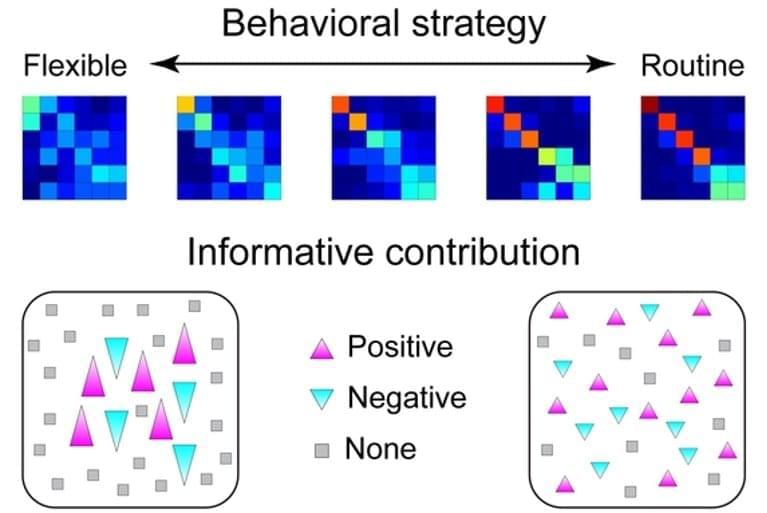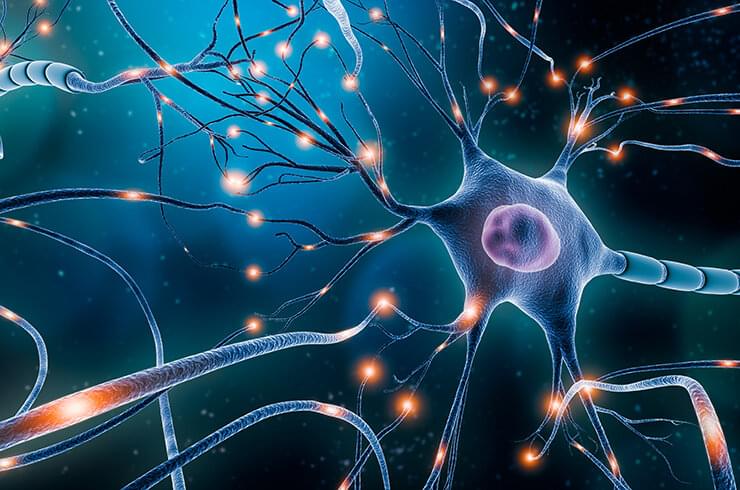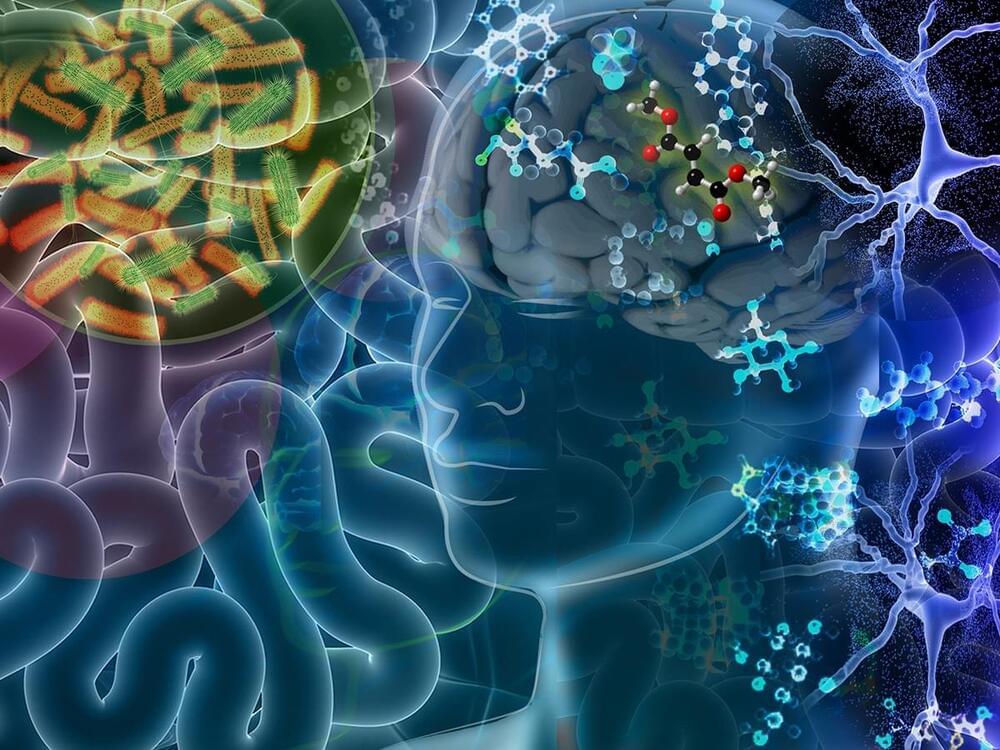Japan’s Yamagata University said Friday it has found that a drug being developed for the treatment of Alzheimer’s is also effective in treating amyotrophic lateral sclerosis, more commonly known as Lou Gehrig’s disease.
The drug has been found capable of curbing the abnormal agglomeration of protein that causes the progressive neurodegenerative disease, the state-run university in northeastern Japan said.
People with ALS lose their ability to walk, talk, eat and eventually breathe as the disease kills motor neurons, causing muscles to weaken and eventually paralyze.






